 "Jim Dandy," Performed by Black Oak Arkansas, Featuring Ruby Starr.
"Jim Dandy," Performed by Black Oak Arkansas, Featuring Ruby Starr.
Entry Type: Thing
 "Jim Dandy," Performed by Black Oak Arkansas, Featuring Ruby Starr.
"Jim Dandy," Performed by Black Oak Arkansas, Featuring Ruby Starr.
Joan of Arkansas [Book]
Joan of Arkansas [Television Show]
 Joe Actor
Joe Actor
 Joe Hogan Fish Hatchery Truck
Joe Hogan Fish Hatchery Truck
Joe Marsh and Maxine Clark House
aka: Joe Marsh Clark House
John Adams [Steamboat]
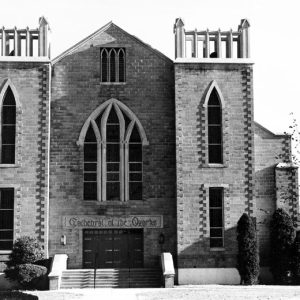 John Brown University Cathedral
John Brown University Cathedral
John D. Perry
John F. Weinmann House
John G. Williams House No. 2
 John Howard Steamboat
John Howard Steamboat
Johnson County Courthouse
 Johnson County Map
Johnson County Map
 Johnson Lime Kiln
Johnson Lime Kiln
 Johnson Stamp
Johnson Stamp
 Johnson vs. Rockefeller
Johnson vs. Rockefeller
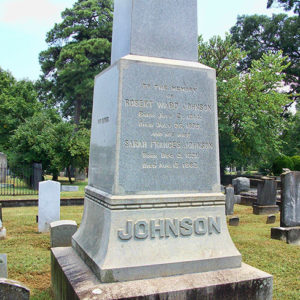 Robert Ward Johnson Gravesite
Robert Ward Johnson Gravesite
 Virginia Johnson Campaign Fan
Virginia Johnson Campaign Fan
 D. A. E. Johnston Death Certificate
D. A. E. Johnston Death Certificate
Johnswood
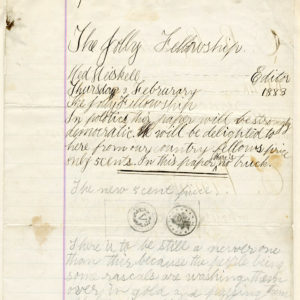 The Jolly Fellowship
The Jolly Fellowship
 Jones Bar-B-Q Diner
Jones Bar-B-Q Diner
Jones Bar-B-Q Diner
Jones Truck Lines
 Jones Truck Lines
Jones Truck Lines
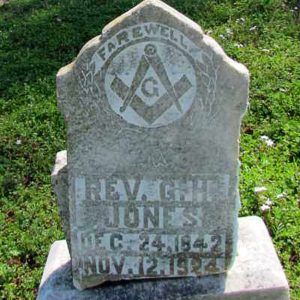 G. H. Jones Gravesite
G. H. Jones Gravesite
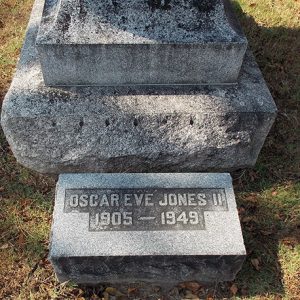 O. E. Jones Headstone
O. E. Jones Headstone
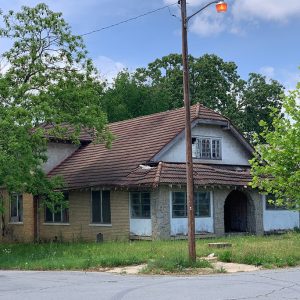 Scipio A. Jones House
Scipio A. Jones House
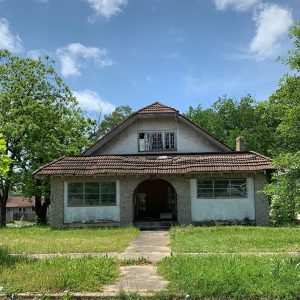 Scipio A. Jones House
Scipio A. Jones House
Jonesboro Baptist College
Jonesboro Municipal Airport
Jonesboro, Lake City and Eastern Railroad
 Scott Joplin Sheet Music
Scott Joplin Sheet Music
 Scott Joplin Mural
Scott Joplin Mural
 Louis Jordan Caldonia Stamp
Louis Jordan Caldonia Stamp
 Louis Jordan's Saxophone
Louis Jordan's Saxophone
Joseph Taylor Robinson House
aka: Foster-Robinson House
Judiciary, State
Judson University
 Judsonia Bridge
Judsonia Bridge
 Jumping Bristletails
Jumping Bristletails
Jumping Bristletails
aka: Archeognatha
aka: Microcoryphia
Junction Bridge
 Junction Bridge
Junction Bridge
 Junction Bridge
Junction Bridge
 Junction Bridge Entrance
Junction Bridge Entrance
June Sandidge House
Justin Matthews Jr. House
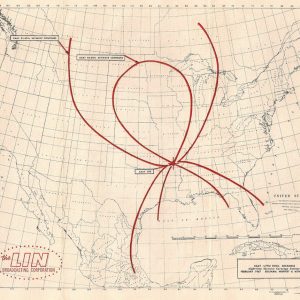 KAAY Coverage Map
KAAY Coverage Map




